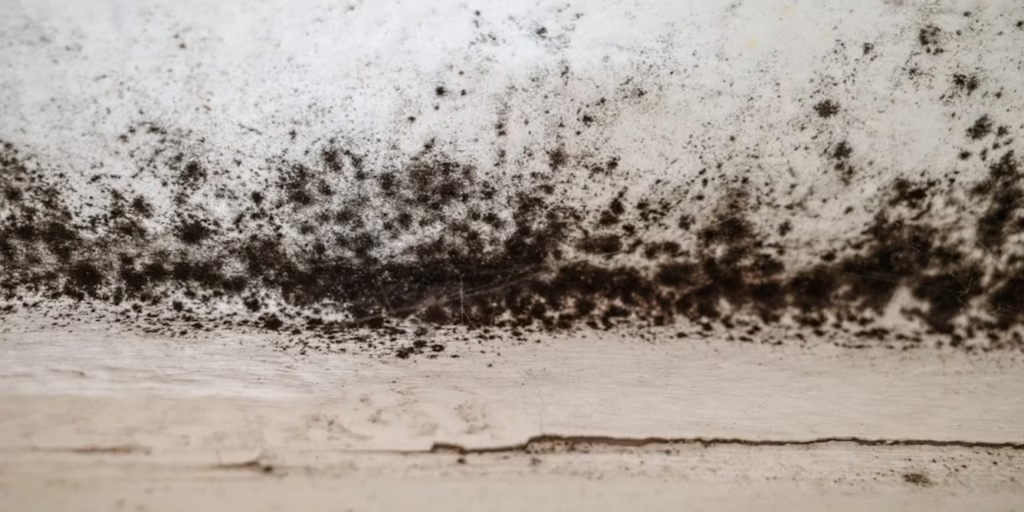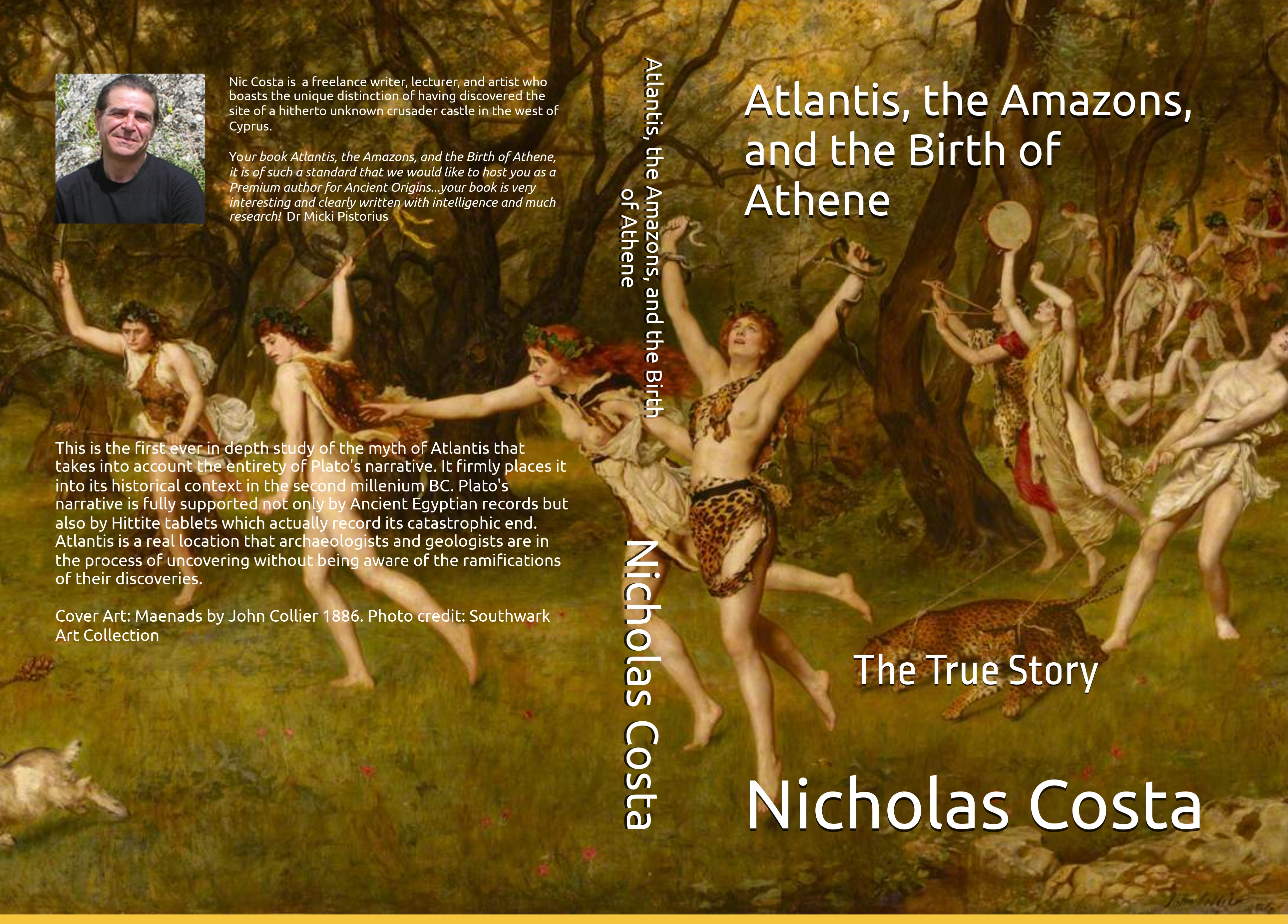Who or what where the Cercopes? By Nicholas Costa © 2025
“Cercopes: Two mischievous sons of Zeus or of Pan or of Hermes, who were of small stature and were known for their tricks. They were punished by Heracles because they attempted to steal his club, and were eventually turned into monkeys. Their names were Passalus and Acmon, but in some accounts, they are called Candolus and Atlantus.” (Suda, s.v. Kercopes)
The Cercopes were often presented as a pair of evil dwarfs who were native to Ephesus. They are an essential (but misunderstood) part of the narrative concerning the c1327 BC airburst over Ephesus. Mythologicaly this is when Heracles, dressed as a woman and became a slave to Queen Omphale. Omphale is a metaphor for a meteorite, whilst Heracles dressing as a woman is a signifier of the disaster.

In that year he is remembered as enslaving, capturing, killing, or even goodheartedly releasing the Cecropes. (Apollodorus, Library § 2.6.3; Diodorus Siculus Library § 4.31.5; Tzetzes, Chiliades § 2.430). According to Pherecydes (fl. c. 465 BC) they were turned to stone by Zeus.
Two Brothers
They were invariably presented as two brothers. This evidently is a direct allusion the fact that Ephesus prior to the Greek takeover had been occupied by a confederation of Carians and Leleges, native Luwians (Strabo, Geography, 14.1.21).
“…the Kerkopes, which the story goes are very deceitful and disgusting creatures found around Lydia” (Suda Encyclopedia, ka.1407)
Ephesus is called Apasa in the Hittite records. It was the capital of the state of Arzawa. The state finally collapsed following the airburst of c1327 BC and the region initially came under Hittite control. In the aftermath the region was subjected to raids from Ahhiyawa (the Peloponnese). The mythological figure of Heracles and his servitude to Omphale represented therefore not only the natural disaster which overtook the region but also a real proto Ionian leader named in the Hittite tablets as Piyamaradu who took advantage of the chaos resulting in the aftermath of the airburst to launch attacks.

“Hercules served Omphale as a slave, and in the course of his servitude he seized and bound the Cercopes at Ephesus; and as for Syleus in Aulis, who compelled passing strangers to dig, Hercules killed him with his daughter Xenodoce, after burning the vines with the roots” (Apollodorus, Library, 2.6.3
It should come as no suprise therefore given the ongoing conflict that the Greek invaders should ultimately present their erstwhile enemies not only in the worst possible light depicting them as liars, thieves, and rogues, but also to further belittle them by ultimately presenting them (through means of wordplay) as monkeys.
In extant imagery the Cecropes are invariably depicted as two individuals hanging upside down from a pole or yoke carried across the shoulders of Heracles thereby signifying upheaval or acting as a metaphor for the world turned upside down.
Black Bottom- a possible explanation

One of the myths associated with their defeat is that as they were hanging upside down they spied Heracles black hairy bottom and began laughing at him (Homerica, The Cercopes from Suidas s.v. Kerkopes). This may actually be a distorted memory of the aftermath of the inundation because of the appearance of what would have been black mold or stachybotrys chartarum on any surviving structures following the inundation. It is one of the most toxic molds that can be found in homes as it produces toxins called mycotoxins, which are capable of causing serious health problems in humans.
Deformities

Right: The ruins of Nagasaki in September 1945. (Photo by the US government)
Similarly Ovid might have been preserving memories of the human casualties following the airburst when he wrote:
“For once the Father of the Gods (Genitor Deum) [Zeus], who loathed the fraud and falsehood of the Cercopes and all their crafty crimes, transformed the men into misshapen animals that seemed both like and unlike humans, shrivelling their limbs, tilting and flattening their noses, ploughing their cheeks with wrinkles of old age. Then, swathed all over in a tawny pelt, he sent them to dwell here, but first removed the means of speech and use of tongues designed for shocking perjury, and left them but screeches and screams for protest and complaint.” (Ovid, Metamorphoses 14. 89 ff)
It is important to remember that western Anatolia was one of the two mythical locations called Ethiopia (land of the burnt faces), the other location being Joppa.
Relocation westwards
Likewise Ovid in the same passage references Pithecusae (Ischia) in the Bay of Naples as as one of the place the Cercopes relocated to.
“Liars and cheats, skilled in deeds irremediable, accomplished knaves. Far over the world they roamed deceiving men as they wandered continually.” (Homer, the Cercopes)
In other myths the same destitute people were presented in mainland Greece as Maenads.

Significantly the island of Corfu according to the Suda became known as Cercyra due to the Cecropes following its orignal designation of Phaecea, so named after the migratory Pheaceans (another rather benign incarnation of the Cecropes) who were desperate to escape their Cyclopean neighbours.
“that what is now called Kerkyra used to be called Phaiakia, the land of the Phaiakians.” (Suda § ka.1412)
Original location
In confirmation of the author’s current hypothesis the Etymologicum Magnum s.v. Kerkopes in a hitherto ignored passage states that the Cercopes were originally known as Cyclopes and lived on a Mount Cyclops in Libya which featured a round eye. This is evidently a metaphor concerning the Nisyros volcanic arc.

Kerkope
Here their mother is referred to as Memnonis (daughter of Memnon). Memnon the Ethiopian as noted is mythologically tied to Lydia.
She is named Theia daughter of Oceanus (Tzetzes, Ad Lycophronem, 91). The name which means goddess is usually linked to celestial imagery. For instance a figure of that name is described as the mother of Selene, the moon. In this specific context it evidently acts as a metaphor for the wave of water that inundated the region. Elsewhere in the Suda her name tellingly appears as Limne/ lake
In the Etymologicum Magnum her name is given as Kerkope. The word means long tailed. Significantly the word as kerkosis was used in antiquity to describe the appearance of a long tailed comet (Cat.Cod.Astr. 8(3).174. Catalogus Codicum Astrologorum Graecorum). In propaganda terms the epithet was used derisively in order to depict the defeated enemy as long tailed monkeys!

Analysis of Cecropes’ Names
The names once analysed are redolent of the disaster that overtook the land of Atlas/ Atlantis
“Their number is commonly stated to have been two, but their names are not the same in all accounts, — either Olus and Eurybatus, Sillus and Triballus, Passalus and Aclemon, Andulus and Atlantus, or Candulus and Atlas. (Suidas, s. vv. ; Schol. ad Lucian. Alex. 4; Tzetz. Chil. v. 75.) Diodorus (iv. 31), however, speaks of a greater number of Cercopes.” (Dictionary of Greek and Roman Biography and Mythology, 1867,William Smith Cercopes)
1. Passalus and Acmon: Strabo 14.1.7, Suda s.v. Kerkopes, Zenobius 1.17, Tzetzes on Lycophron 77, Nonnus 12.350–351, Hesiod The Cercopes
Passalus:“peg,” “stake,” or “nail”.
Acmon: “anvil” or “pestle”.
The name Acmon was also associated with the Dactyls who were linked to Hephaestus as well as to an early theogony where Aether was called Acmon signifying the upper atmosphere and the ceaseless movement of the heavens.
“The father of Ouranos (Uranus, Heaven), as was said already, is called Akmon (Acmon) [probably Aither (Aether)] because heavenly motion is untiring (akamatos); an the sons of Ouranos are Akmonidai (Acmonidae) : the ancients make these two points clear. Alkman (Alcman), they say, tells that the heaven belongs to Akmon.” (Alcman, Fragment 61 from Eustathius on Iliad)
Alternatively note: Basalas and Achemon (Scholion on Odyssey 20.66)
Basalas: the name seems connected with Basanos (“torment, trial”) or Basaniso (“to test, torment”)
Achemon: “the one who brings grief/sorrow.”
2. Olenus and Eurybatus: Suda s.v. Kerkopes Diotimus, frag. 2 Kinkel (from Suda, s.v. Eurýbatos
Olenus: The etymology of the Greek word holen comes from holos, meaning “whole,” “entire,” or “all”. In Ovid (Metamorphoses 10.69–75), Olenus is the husband of Lethaea (Ancient Greek (lethe/oblivion) who was turned into stone by the gods.
Eurybatos: literally means: “wide-stepping” / “with a broad stride.”
3. Sillus and Triballus: Suda (Cratinus, frag. 13 Kassel-Austin)
Sillus: sillos/ a kind of swift movement or action.
Triballus: tribo, meaning “to rub” or “to grind.” Ballo meaning “to throw” or “to cast.” It can also mean to let fall, strike, fall, or tumble.
4. Candolus and Atlas/ Atlantus: (Suda s.v. Kerkopes) Xenagoras c. 2nd century BC, Fragmente der griechischen Historiker (FGrH) 240 frag. 28 (from Suda, s.v. “Kérkopes”
Candolus: There is an Indo-European root *kand- / knt- meaning “to shine, to glow, to be white”.“the shining one” or “radiant.” The etymology isn’t very clear, but it may be derived from kandylos a name that can mean “a candle,” “torch,” or something that is brightly burning.
Atlantus: Atlantos is the genitive (“of Atlas/ Atlantis”). It is thought that Atlas is very likely a pre-Greek (non-Indo-European) name. Ancient Greeks connected it with tlan (“to endure, bear”). In reality they adopted a false cognate with its root most likely linked to the Hittite name Tudhaliyas which at least four Hittite rulers adopted. A name which referred to a mountain which moved. Given the author’s premise it is highly significant that the name Atlantus/ Atlas should be preserved as the name of the people who suffered as a consequence of the airbust.
5. Andulus and Atlantus: Harpocration, Lexicon of the Ten Orators, s.v. “Kerkopes)”; Photius, Lexicon, s.v. “Kerkopes)”; Apostolius, Greek Proverbs 9.64 (citing Aeschines of Sardis 389–314 BC ).
Andulus: Either a corruption of Candalus or possibly derived from an(dros) dolos/ deceitful man/ trickster
Atlantus: meaning of Atlas or of Atlantis

Yazilikaya relief (No. 64) of King Tudhaliya IV (1250-1220 B. C.). It is the largest relief in the gallery. He is represented armed, wearing a skull-cap and holding in his left hand a kalmush, the sign of sovereignty. The two antithetic hieroglyphs in the form of an Ionic capital mean “Great King”. The name of this king, which was originally that of a sacred mountain, is expressed by the figure in the middle and the sign below it.
Next: Pliny and Atlantis
All the information in these posts is additional to the information contained in the book Atlantis, the Amazons, and the Birth of Athene which is available on Amazon. Buy now!!!

Leave a Reply